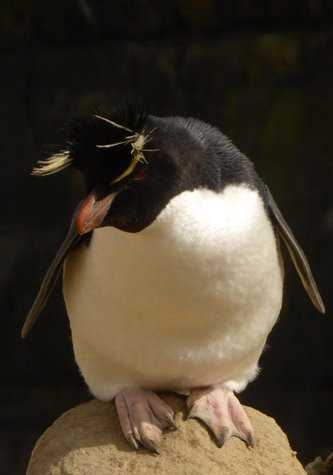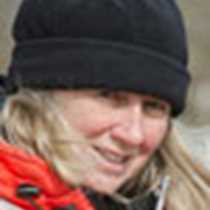It is springtime in the Falkland Islands, a time of renewal and regeneration. Those of us from temperate climes think of tiny, tender green leaves and the delightful songs of birds. But it is just a little different here on the edge of the “furious fifties.” Even on a calm day, the winds blow and trees are sorely lacking except where planted to shelter tidy houses. Tough and low is the rule for shrubs and shorter yet are the wildflowers that hug the ground or hide in protected places. Waves of golden yellow splash across the hillsides of settled islets and tickle our noses with the fragrance of coconut oil. Beauty hides the prickly beast known as gorse, a hardy windbreak and natural fence, lovely but an invader none-the-less, imported long ago by early farmers.
It was maybe the birds that dominated our day, both in numbers and diversity. Passerines sang cheerfully, some with brilliant scarlet breasts and others simply wearing subtle, somber plumage. Upland geese proudly paraded goslings, large and small while kelp geese hungrily foraged in the shallow near-shore waters. “Johnny Rook,” the striated caracara, was omnipresent, scavenging on carcasses or eyeing unguarded belongings. On Carcass Island, Magellanic penguins hid in burrows on open hillsides or hidden in tussock grass pedestals. The cliff edge of New Island vibrated with activity. Blue-eyed shags marched on pink toti-palmate toes, their beaks laden with grassy nesting material. Black-browed albatross snuggled into clay-pot-like nests, communicating with their partners in low moaning groans or gently allopreening. Rockhopper penguins too passed the day gently combing the feathers of their mate. Their fiery red eyes flashed, to match their bills as they strutted and hopped from here to there or stood to momentarily reveal their eggs tucked in a brood patch beneath. Love certainly was in the air as it is everywhere in the spring.







